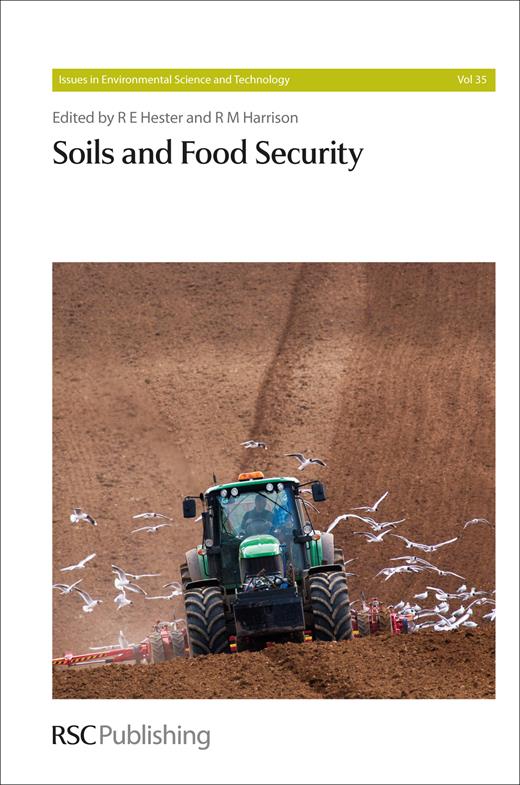Chapter Abstract:
Increasing temperatures have been recorded around the world, leading to changes in precipitation, sea-level rise and extreme events. Climate models are currently in use to simulate the effects of these changes on vegetation cover, which is a strong indicator of ecosystem changes in response to various drivers. Climate change, as well as anthropogenic stressors, is affecting forest dieback and tree-species migration. This chapter addresses the connections between changes in various forest types and the global soil carbon, nitrogen and hydrologic cycles, and related feedbacks between these factors and both natural and anthropogenic environmental changes. We discuss the ways these feedbacks between land use, vegetation changes and global nutrient and water cycles can lead to further climate change and soil degradation, which have profound effects on food security, and we conclude by proposing the use of soil characteristics as tools to inform land managers of challenges they may face in preserving valuable services from forested lands and cropping systems.



